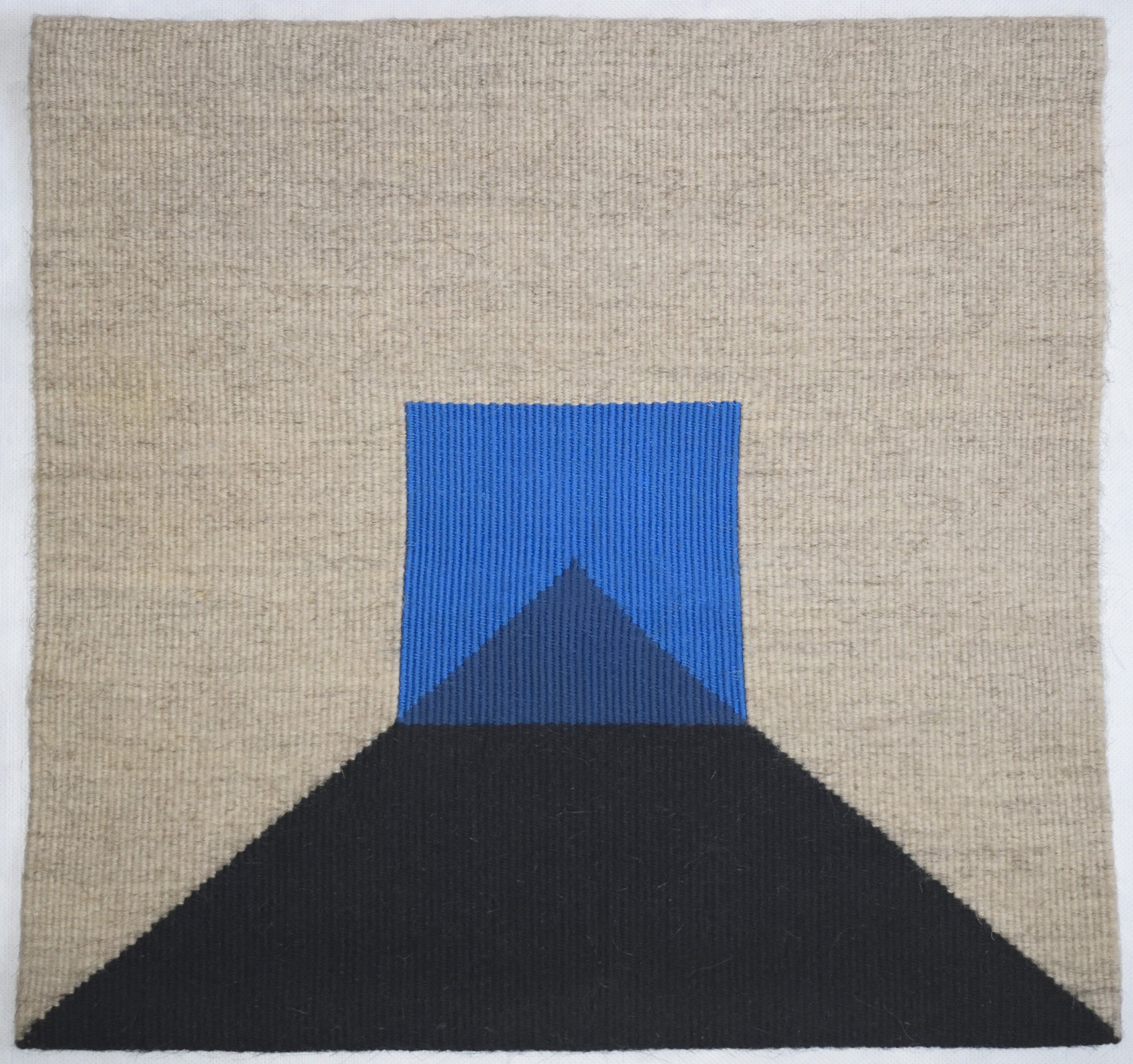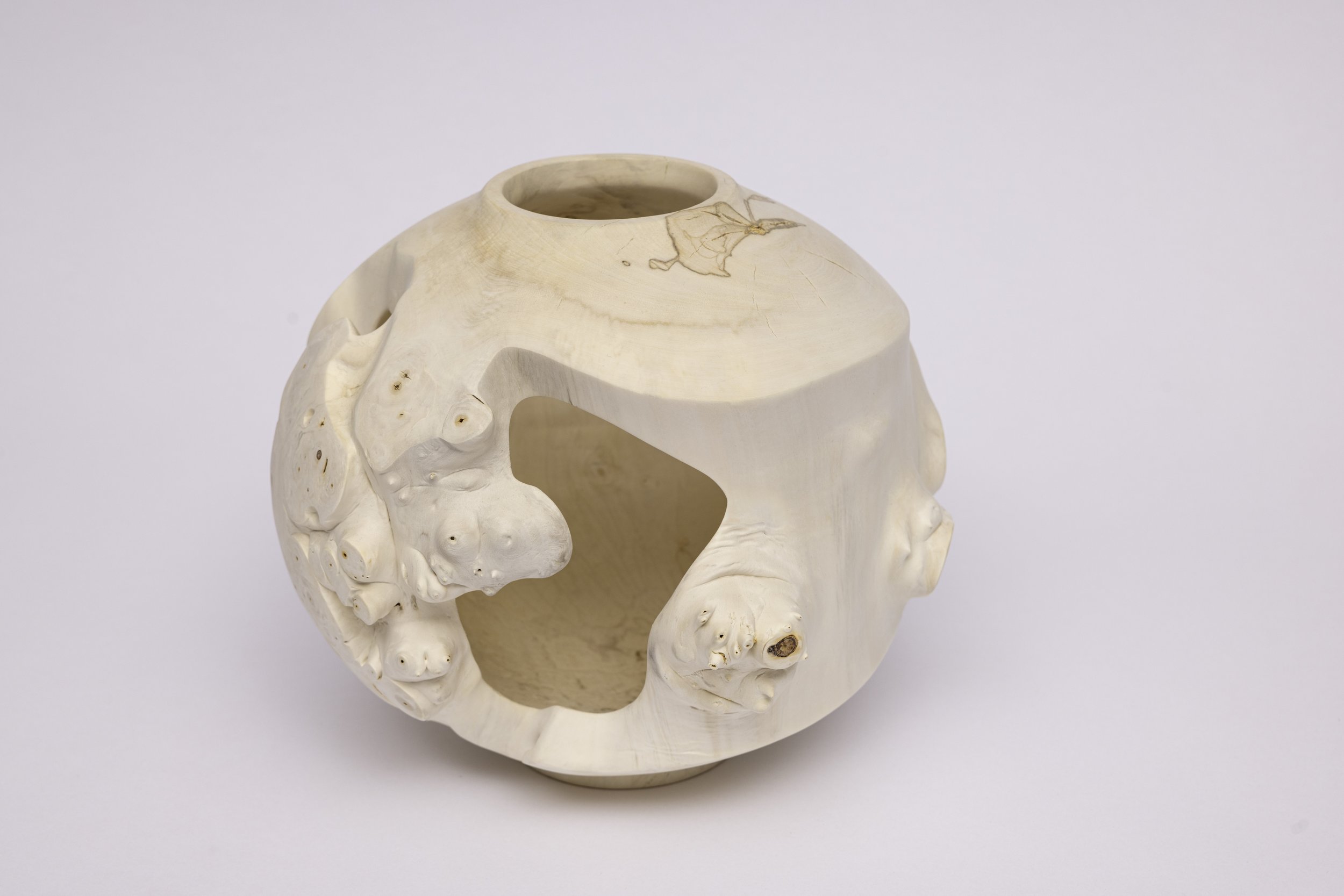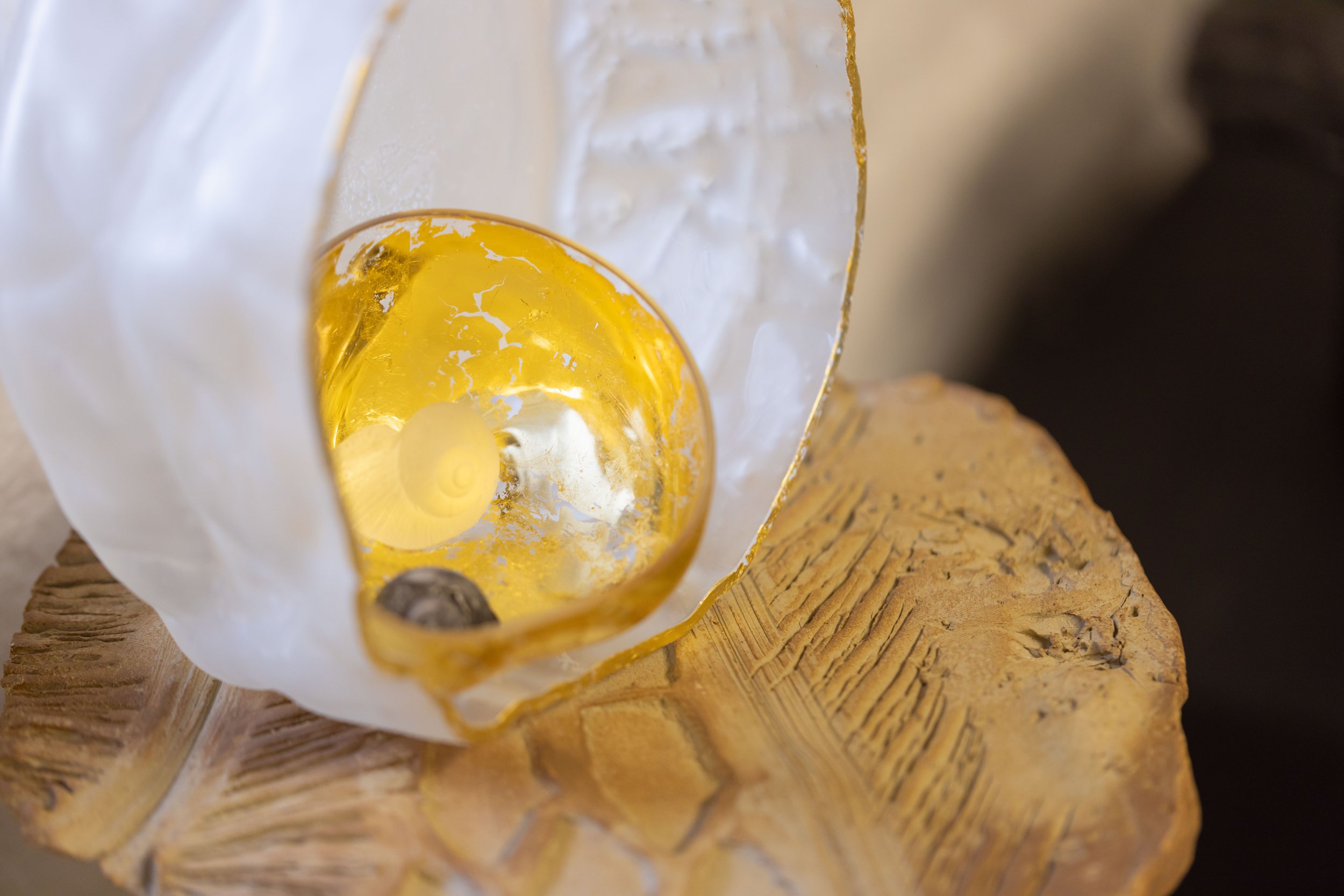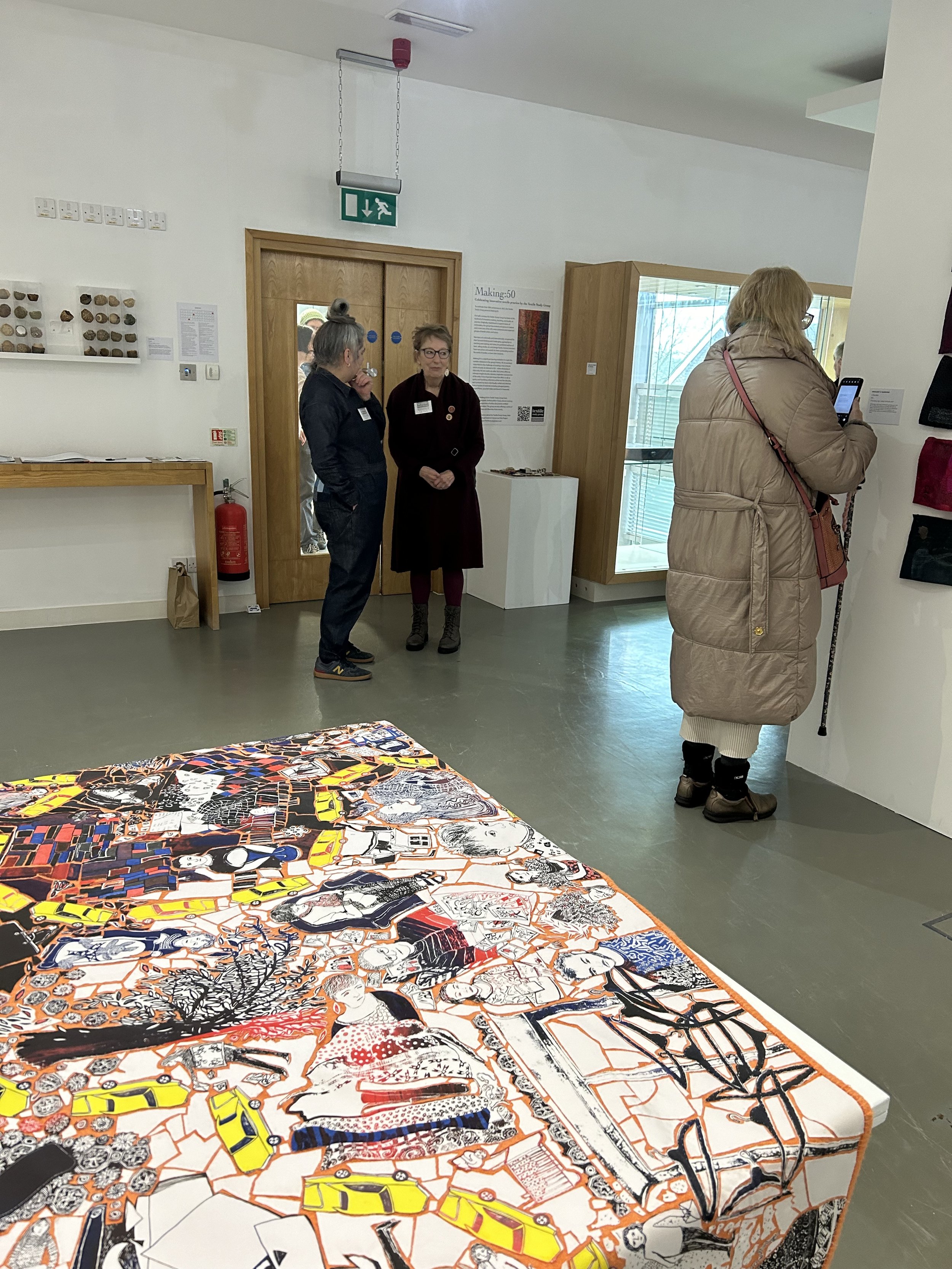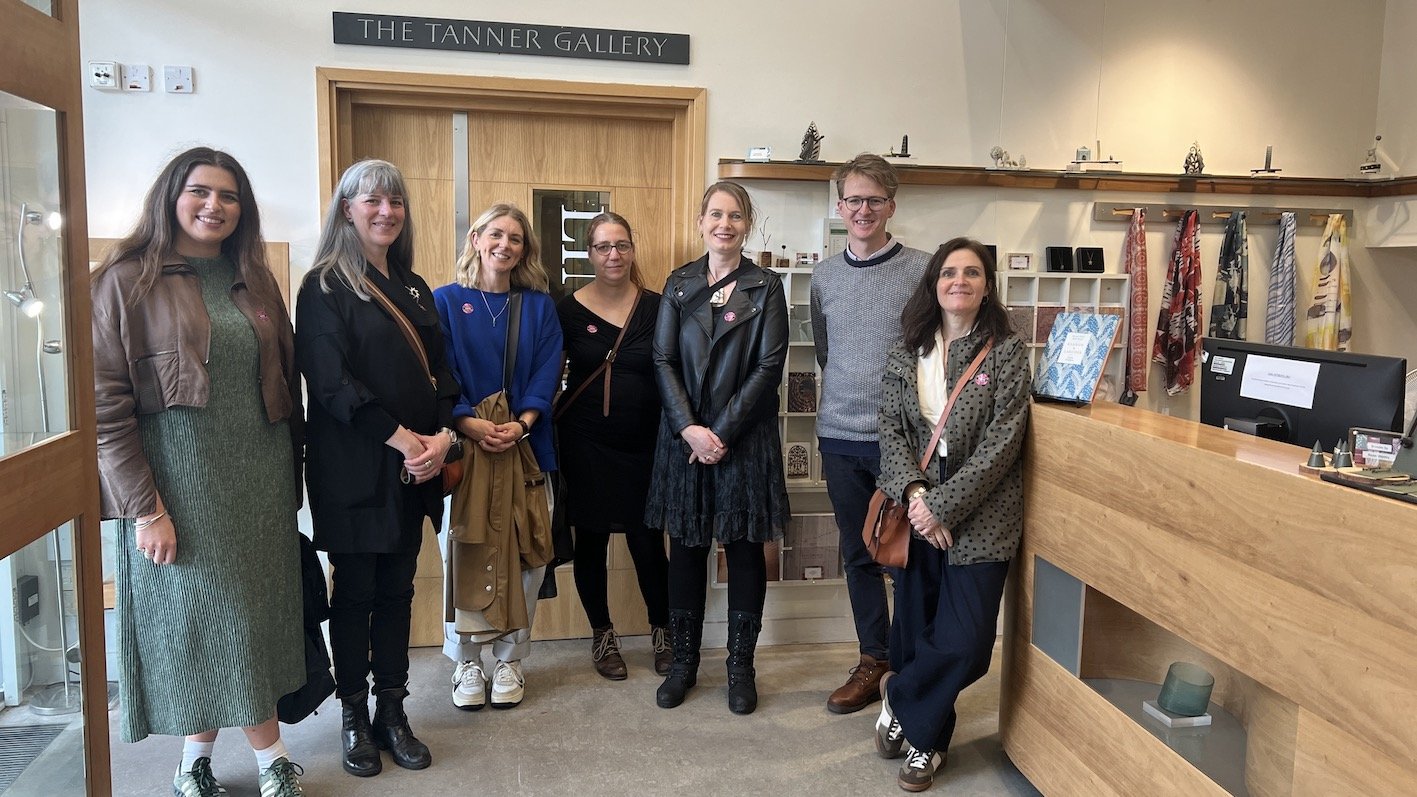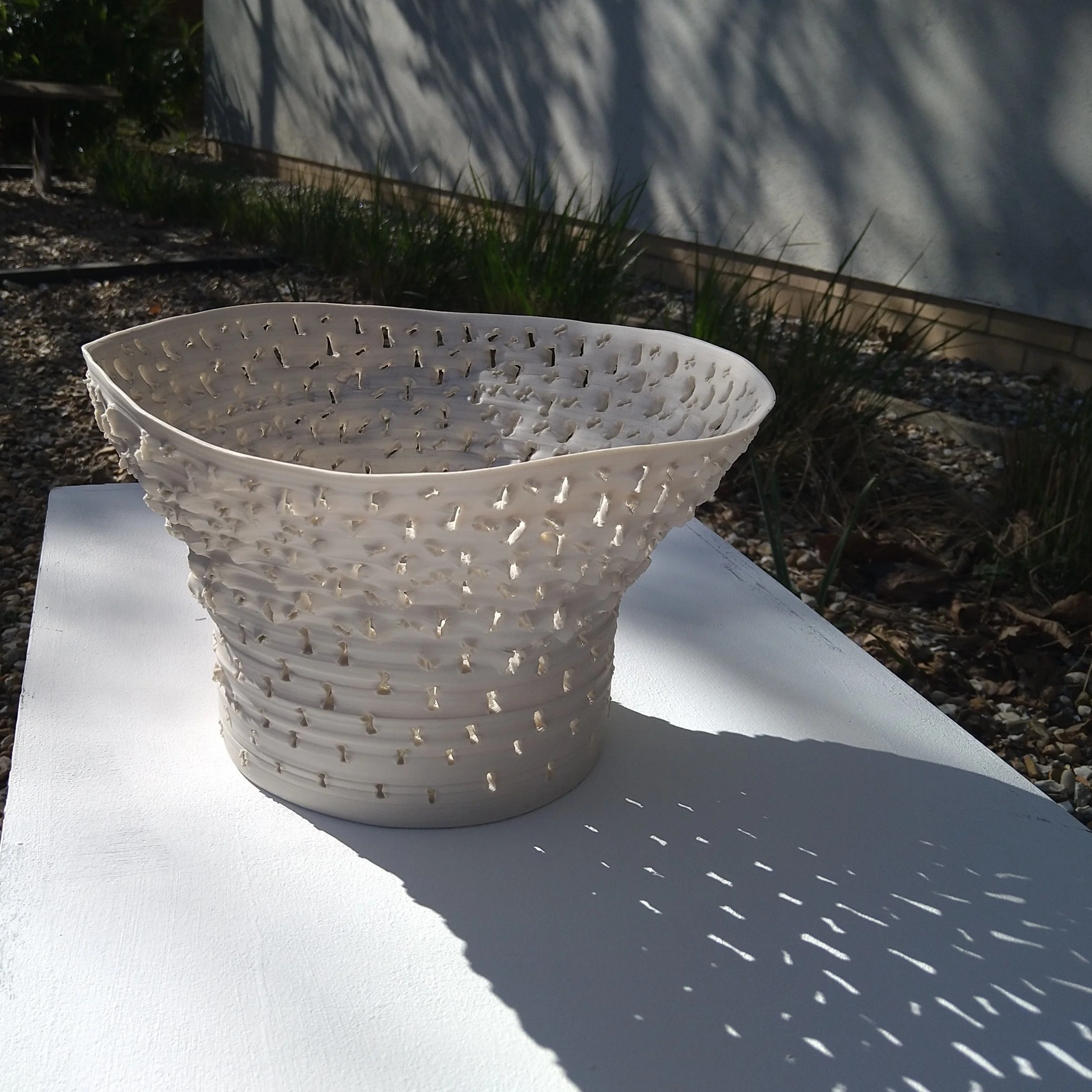HANS COPER (8 April 1920 - 16 June 1981)
/Professor Simon Olding, Director of the Crafts Study Centre
This year marks the 100th anniversary of the birth of the great potter Hans Coper. He was born on 8th April 1920 in the German town of Chemnitz. His father was Jewish. This placed the young man in danger. He found a sponsor in England with the help of the Quakers and arrived in London in 1939.
Hans Coper and Lucie Rie
Coper’s ‘Thistle’ Form
Hans became interested in sculpture, and through a chance introduction, heard of a refugee potter from Vienna who needed assistance in the production of ceramic buttons. So began the remarkable artistic partnership between Coper and Lucie Rie.
In the early years in the Albion Mews studio in Paddington, London, Coper made domestic wares to Lucie’s designs, but he began to make his own independent works ‘after hours’. He was given a solo exhibition by the great gallerist Henry Rothschild at Primavera, Sloane Street, in 1958, and its success spurred future and fuller achievements.
A landmark exhibition of Coper’s intense sculptural vessels, alongside the woven textiles of Peter Collingwood was held at the Victoria & Albert Museum in 1969. The partnership was reprised in a show at Galerie Besson in 2002, some 21 years after Coper’s death. Collingwood wrote of Coper’s ‘daunting’ output and ‘his enduring ability to act as a censor of banality, a silent ever-present critic, and above all gives encouragement to cling resolutely to principles, which tend to slip through ageing principles’. It was a word of clear-sighted honoured praise from one great artist to another.
The Crafts Study Centre holds a dozen or so pots by Hans Coper. One of them links closely to the Centre’s own founding history and its ethos. The flattened oval ‘thistle form’ vase on a cylindrical stem (P.74.28) was owned by Muriel Rose, the indomitable Founder Trustee, and she illustrated it in her important study Artist’s Potters in England. Other donors of Coper’s work include the potter Katharine Pleydell-Bouverie and the weaver Gwen Mullins. These works mark the high respect of Coper’s fellow makers towards what Douglas Hill called ‘not so much a quality of serenity as a kind of balanced tension’.















